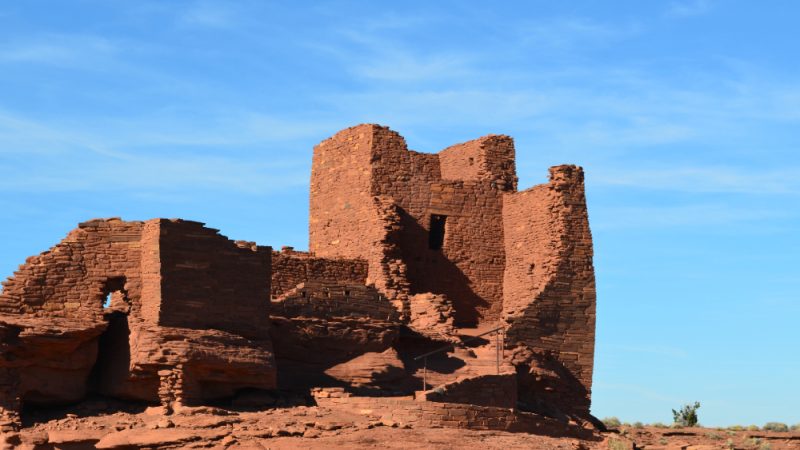The Peninsula de Valdes, located on the eastern coast of Argentina, is a captivating destination that has earned global recognition as a UNESCO World Heritage Site. This extraordinary area is a haven for wildlife, offering breathtaking landscapes and unique ecological features. Let’s dive into the 10 compelling reasons why Peninsula de Valdes holds this prestigious title.
1. Exceptional Biodiversity
Peninsula de Valdes boasts an incredible variety of flora and fauna. From the Patagonian steppe vegetation to the marine life teeming in its coastal waters, the biodiversity here is unparalleled. Penguins, guanacos, sea lions, and orcas are just some of the many species you can encounter.
Why It Matters:
The region’s unique ecosystems support countless species, some of which are endemic or endangered, making it a vital area for conservation efforts.
2. Critical Habitat for Southern Right Whales
One of the most remarkable sights at Peninsula de Valdes is the Southern Right Whales that come to its shores annually to mate and give birth. The calm and shallow waters provide the perfect environment for these magnificent creatures.
Fun Fact:
Between June and December, visitors can witness these gentle giants up close, making it one of the best whale-watching spots in the world.
3. Breeding Grounds for Marine Life
In addition to whales, Peninsula de Valdes serves as a critical breeding ground for other marine species, including elephant seals, sea lions, and orcas. The coastline’s unique geography creates an ideal space for nurturing young marine animals.
Highlight:
Orcas in this region have developed a rare hunting technique known as intentional stranding, showcasing their intelligence and adaptability.
4. Home to Magellanic Penguins
The peninsula is home to significant colonies of Magellanic Penguins, with thousands of these charming birds nesting along the coastline. Punta Tombo, a short drive from the peninsula, is one of the best spots to observe these penguins in their natural habitat.
Visitor Tip:
Bring binoculars and visit during the breeding season (September to March) for an unforgettable experience.
5. Unique Geological Features
Peninsula de Valdes is renowned for its stunning geological formations, including cliffs, caves, and fossil-rich areas. The Istmo Carlos Ameghino, a narrow strip of land connecting the peninsula to the mainland, offers panoramic views of two contrasting bodies of water.
Geology Lovers:
The fossilized remains found here provide valuable insights into the Earth’s history and past climatic conditions.
6. A Birdwatcher’s Paradise
The region is a haven for bird enthusiasts, with over 180 bird species recorded. Flamingos, cormorants, and various seabirds frequent the wetlands, lagoons, and coastal areas of Peninsula de Valdes.
Pro Tip:
Visit the salt flats and wetlands during sunrise or sunset for the best birdwatching and photography opportunities.
7. Cultural Significance
The indigenous Tehuelche people have a long history in the area, and their cultural heritage can still be traced through archaeological sites and oral traditions. Visitors can learn about their sustainable way of life and deep connection to the land.
Did You Know?
The name “Valdes” is derived from Antonio de Valdés, a Spanish naval officer who explored the area in the 18th century.
8. Protected Ecosystems
Peninsula de Valdes has been designated a protected area, ensuring that its unique ecosystems remain intact. Conservation programs work tirelessly to maintain the delicate balance between tourism and ecological preservation.
Why It’s Important:
This designation helps mitigate threats such as habitat destruction, overfishing, and climate change impacts.
9. Incredible Landscapes
The peninsula’s landscapes range from arid steppe to rugged coastlines and serene lagoons. These diverse settings provide breathtaking views and unique experiences for visitors.
Adventure Awaits:
From hiking trails to scenic drives, there are plenty of ways to immerse yourself in the natural beauty of Peninsula de Valdes.
10. UNESCO World Heritage Recognition
In 1999, Peninsula de Valdes was inscribed as a UNESCO World Heritage Site due to its outstanding universal value. This recognition underscores its global significance and the need for ongoing conservation efforts.
What It Means:
Being a UNESCO site ensures international awareness and funding to protect this precious ecosystem for future generations.
Conclusion
Peninsula de Valdes is more than just a destination; it’s a treasure trove of natural wonders, rich history, and unparalleled biodiversity. Its status as a UNESCO World Heritage Site is well deserved, highlighting its importance as a sanctuary for wildlife and a site of ecological and cultural significance. Whether you’re an adventure seeker, a wildlife enthusiast, or a history buff, Peninsula de Valdes offers something truly special for every visitor.
FAQs
1. What is the best time to visit Peninsula de Valdes?
The best time to visit is between June and December, especially for whale watching. Penguin season runs from September to March, while other wildlife can be seen year-round.
2. How do I get to Peninsula de Valdes?
The nearest airport is in Puerto Madryn, which is well connected to major cities in Argentina. From there, you can drive or join a guided tour to the peninsula.
3. Are there accommodations near Peninsula de Valdes?
Yes, there are several options ranging from eco-lodges to budget-friendly hostels in Puerto Madryn and Puerto Pirámides, the gateway towns to the peninsula.
4. Can I explore Peninsula de Valdes on my own?
While you can explore some areas independently, hiring a guide is recommended for a richer experience and to ensure you adhere to conservation guidelines.
5. What should I pack for a trip to Peninsula de Valdes?
Pack comfortable clothing, sturdy shoes, sunscreen, binoculars, and a camera. If visiting in winter, bring warm layers as temperatures can drop significantly.
Also read : Standard Fire Insurance: Coverage, Benefits, and Why You Need It









